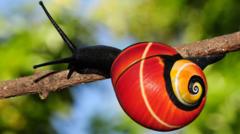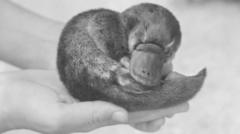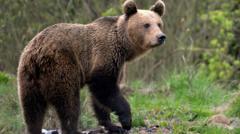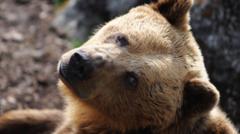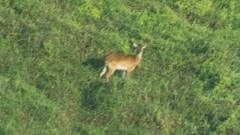Researchers at the International Union for Conservation of Nature have reclassified giraffes, confirming four distinct species based on genetic diversity and geographical separation. This critical finding aims to enhance conservation efforts for these cherished animals.
New Classification Reveals Four Distinct Giraffe Species

New Classification Reveals Four Distinct Giraffe Species
A recent study identifies three additional species of giraffe, transforming our understanding of these iconic mammals.
Giraffes have long captivated our hearts and minds, often seen as a singular species, but recent research has revealed a surprising twist: scientists now recognize four distinct species of giraffes. This classification shift comes from the International Union for Conservation of Nature (IUCN), which has performed a thorough assessment, finally confirming earlier hypotheses regarding the diversity within these majestic creatures.
The research team utilized skull size and head shape measurements to uncover enough genetic variances among giraffes to designate them as separate species. They explored various geographical features across Africa—such as rivers, deserts, and valleys—that likely isolated these animals in the past, promoting separate evolutionary paths.
The first new species identified is the Southern giraffe, which inhabits regions in South Africa, Angola, southern Botswana, Namibia, southern Zimbabwe, Zambia, and southwestern Mozambique. Natural barriers like the Kunene and Zambezi rivers, along with the dense rainforests in the Congo Basin, played a crucial role in isolating this population from others.
Next up is the Reticulated giraffe, found in Kenya, Somalia, and Ethiopia. The study highlights geological formations and rivers, such as the Tana River and surrounding Ethiopian mountains, as instrumental in maintaining this species’ genetic uniqueness. Interestingly, the Reticulated giraffe exhibits migratory behaviors that may have once allowed it to interact with other giraffe populations.
Also recognized is the Northern giraffe, which roams in western Ethiopia, central and western Kenya, eastern South Sudan, and Uganda. Its separation from the other species is attributed to major water bodies like the Nile River and Lake Victoria, which have shaped its migration patterns over time.
Lastly, researchers have classified the Masai giraffe, known for its distinctive leaf-like patterns, residing in Kenya, Tanzania, and Uganda. While physical patterns can offer clues to species differentiation, scientists caution that these markings can change as individuals grow older and are not a sole indicator of classification.
The IUCN emphasizes the importance of this newfound understanding of giraffe taxonomy, asserting that an accurate classification is critical for conservation efforts. Co-author Michael Brown expresses hope that this research will facilitate more effective population management strategies. Previously, giraffes were widely regarded as vulnerable to extinction, but the recognition of four separate species allows for a more nuanced assessment of their conservation status, which the IUCN aims to address moving forward.



